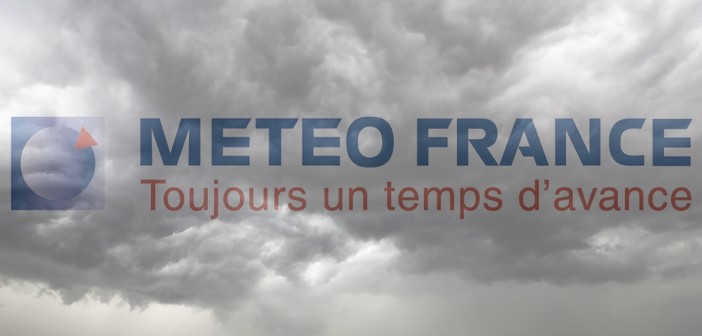The terrible consequences of a historic storm in the Alpes-Maritimes have caused alarm among the local and national population, raising seemingly legitimate questions about the role of weather specialists and the effectiveness of the alert system.
On Sunday, numerous mayors responded to the dramatic weather events, with some pointing fingers at Météo France’s work. Christian Estrosi was the most vocal: “I have many questions about how Météo France operates,” he remarked on Europe 1.
This sentiment is shared by Eric Ciotti. Speaking to France 3, the president (Les Républicains) of the Alpes-Maritimes Departmental Council stated that if a red alert had been activated, “there would have been less traffic, fewer people outside, and no large public events.”
However, according to the mayor (LR) of Cannes, speaking to Europe 1, such measures would not have made much difference: “We could have been on a black, red, or scarlet alert, whatever color you choose: when you have no electricity, no communication in this concentration of water, what can you do?” He added: “You are present, but you cannot avoid fatalities in an urban area of 500,000 inhabitants. It’s sad, but I’m not going to blame Météo France.”
Ultimately, should we always debate everything?
To better understand the issue, we turn to Romain Cardelli, a former weather forecaster:
The storm event on October 3rd was predicted by Météo France and all analysts. However, it was exceptional due to its intensity and especially its stagnation over the southwest of the department above the towns of Mandelieu, Cannes, Biot, and Antibes. This is a parameter that remains extremely difficult to anticipate.
Since the 1940s, researchers—mostly in the United States—have identified and described numerous types of storm systems, classified according to factors such as their severity, lifespan, propagation mode, or precipitation intensity. Among them, multicellular systems (like the one on October 3rd) and supercells are notably known for the severity of their associated meteorological phenomena and their long lifespan, making these storms a major challenge for applying numerical forecasts to the protection of people and property.
Understanding the mechanisms of their initiation, evolution, and movement requires a thorough knowledge of the initial environmental conditions preceding convection; however, this remains a significant challenge for meteorologists today, who frequently face model errors.
So yes, the understanding of all mechanisms surrounding storm cells is still very incomplete. But models are continuously evolving: each year, forecasts are improved by increasingly finer resolutions, our growing understanding of synoptic (large-scale) and local phenomena, or the discovery of new parameters.
There is no doubt that the potential for improvement is immense. An episode like this, as dramatic as it may be, will be a milestone and help enhance our understanding on a local level: the role of local topography, the mechanism of storm movement, etc. But with the ongoing artificialization of the Côte d’Azur coastline, it is also and above all the role of urbanization and the human geography of the territory that should draw our attention. The same phenomenon occurring in a sparsely populated area versus a densely populated one will never have the same consequences: this dimension is not yet sufficiently integrated, and that’s where political decision-makers and technical services come into play.
Meteorological science is advancing, and it will progress even faster if Research is supported. On our side, let’s ensure that risk prevention, implementing protective measures, and a reasoned artificialization of our territories are a priority.


